Palmyra, New York is located in the Finger Lakes Region near the Canadian border.
This area played an important role in the history of the Church of Jesus Christ of Latter Day Saints and is considered the birthplace of the religion.
This is where Joseph Smith received revelation to restore the gospel to the earth and began translating the Book of Mormon.
Whether you are a member of the Church of Jesus Christ of Latter Day Saints or not, this is a great place to learn about the church’s early beginnings and see some historical sites.
Keep reading to discover 7 LDS church history sites in Palmyra that are worth visiting!
7 LDS Church History Sites in Palmyra, New York
Table of Contents
- 1. Hill Cumorah
- 2. Smith Family Farm
- 3. Sacred Grove
- 4. Palmyra Temple
- 5. Book of Mormon Publication Site
- 6. Downtown Palmyra
- 7. Martin Harris Farm
1. Hill Cumorah
As you are coming into town from the south, Hill Cumorah will be the first historical site that you will come to.
Hill Cumorah holds significance in the history of the church because this is where Angel Moroni directed Joseph Smith to find the gold plates.
The plates were buried in ancient times by Moroni, the final author of the Book of Mormon.
In 1823, Angel Moroni revealed to Joseph where the plates were buried on the hillside, but he was commanded to not remove the plates quite yet.
For the next 4 years, Joseph Smith made the annual three-mile trek to Hill Cumorah from his home to meet with Angel Moroni until he was finally instructed to remove the plates on September 22, 1827.
Once he obtained the plates, he began the process of translating the gold plates into the Book of Mormon through the gift of God.
The exact location of where the plates were buried is unknown.
When you visit Hill Cumorah, there is a network of trails leading to the top of the hill.
You can choose to take a longer paved trail around to the top or a shorter and steeper unpaved trail.
Once you reach the top, you can see the Angel Moroni Monument which was erected in 1935.
Visitors used to be able to drive to the top, but the road has been taken out as part of a restoration project once the Hill Cumorah Pageant came to an end.
If you are unable to walk to the top, the missionaries can take you on a shuttle to the monument.
You’ll also want to stop by the visitor center to learn more about the history of Hill Cumorah and the Restoration.
Here, you can see artifacts and exhibits, watch a short film, see the Christus Statue, listen to a short presentation by the volunteer missionaries, and enjoy the air conditioning!
Plan for about 1-1 1/2 hours when visiting the Hill Cumorah site.
2. Smith Family Farm
The Smith Farm is a 100-acre farm where Joseph Smith once lived and it is where it all began.
Start your visit at the Welcome Center where you’ll begin your guided tour led by one of the missionaries.
When we visited, there wasn’t a set tour time, they just took visitors as they came. The Welcome Center hours vary during the seasons, so I would recommend calling ahead.
The first stop on the tour is the reconstructed 1,000-square-foot log home where Joseph Smith Sr. and Lucy Mack Smith lived with their 8 children.
The log home was built between 1818 and 1819 by Joseph Smith Sr. and his sons, Alvin and Hyrum.
Although the original home didn’t survive the elements, the foundation remained. This newly reconstructed home was built in 1998 on the original foundation and is an accurate depiction of what it would have looked like.
Using historical documents and journals, the home was able to be reconstructed and furnished to look as it would have when the Smith family lived there.
Be sure to notice the bible that is on the table. It is from the 1800s and is opened to James 1:5-6. These are the scripture verses that inspired Joseph to pray about what church he should join.
When you head upstairs, you’ll see a re-creation of the room where Joseph slept with his brothers. This is where he was first visited in the middle of the night by Angel Moroni on September 21, 1823.
The next stop on the guided tour is the Frame House, which is within walking distance from the log home.
This home was about twice as big as the log cabin and was a much more comfortable space for the large Smith family.
Unlike the log home, some of the original features of this home have been preserved, including the floors and some of the wall planks.
The Smiths were in the process of building the Frame House when Alvin Smith died unexpectedly in November 1823 at age 25.
This is also the home where Joseph and his wife, Emma, were living when Joseph obtained the gold plates from Hill Cumorah.
Your tour guide will share stories of how and where Joseph had to hide the plates within the home to keep them out of the reach of those who were trying to steal them for monetary gain.
You’ll also be able to hold a replica of the plates to see just how heavy they were and how difficult it would have been to transport them.
The Frame House is also where Joseph was living when Martin Harris lost the 116 pages of the Book of Mormon manuscript.
In 1829, the Eight Witnesses were also shown the golden plates while visiting the Smith Family Farm.
Due to financial restraints, the family lost the Frame House and moved back into the log cabin by 1830. They then worked as farm tenants before moving to Ohio in 1831.
The two homes are the main stops on the guided tour and it really brought to life the timeline and stories about Joseph Smith’s experiences.
You can also stop by and see the nearby threshing barn. This is where they would thresh the grain from the stalks and then store the harvested grains. They would also store hay, harnesses, and tools in the barn.
This is the original location of the barn, but not the original barn.
However, it is a historic barn that actually belonged to Brigham Young’s father in Mendan New York. It was later renovated and relocated to this site.
There is also a replica Cooper Shop where Joseph Smith Sr. stored supplies for making wooden barrels and buckets that they would use to harvest maple sap from the farm.
Joseph Smith also hid the gold plates in the Copper Shop on at least one occasion.
3. Sacred Grove
When the Smith Family purchased the 100-acre farm in 1818, it was a heavily wooded lot.
After two years, they had cleared about 30 acres. Much of the farmland was still forested, which is where Joseph Smith went to pray in the spring of 1820.
He entered what is now referred to as the “Sacred Grove” and prayed to know what church he should join.
He was visited by God and His son, Jesus Christ in an event that is known as The First Vision.
Joseph was told that he shouldn’t join any of the churches, but should restore the gospel of the Church of Jesus Christ that was once upon the earth.
Today, visitors can walk through various paths leading through the Sacred Grove.
The trees and vegetation in the grove have been preserved so that it looks much like it did in 1820.
The Sacred Grove is located within walking distance of the Smith family home. This is not a guided tour, but a chance for visitors to reflect and ponder on their own about the events that took place here.
There are several different pathways and benches so that you can find a secluded spot to take in the peaceful spirit that is found in this grove of trees.
Plan for about 1 1/2-2 hours to take the guided tour of the Smith Family Farm homes and the self-guided tour of the Sacred Grove.
4. Palmyra Temple
As you are touring around the Smith farm, take a look to the east and you’ll see a clearing in the trees where you can see the Palmyra Temple sitting on the hill.
Special permission was needed to be able to clear the trees since this is a designated historic site.
It is so cool to be able to stand at the site of the modern-day temple and look out to see where it first began.
You will notice that the windows of the temple which face the farm are actually transparent. This is the only temple with transparent windows and it was a special request by Pres. Hinckley so that temple patrons could look out and see the Sacred Grove from inside of the temple.
The Palmyra Temple was dedicated on May 25, 1999, and was the first temple in New York. It was also the 100th temple announced to be built and the 77th dedicated temple in operation.
It sits on part of the Smith family’s original 100-acre farm, which holds great significance considering all that Joseph Smith sacrificed to restore the gospel.
The grounds are open for anyone who would like to visit and walk around.
However, the inside of the temple is only open to members of the Church of Jesus Christ of Latter Day Saints holding temple recommends.
5. Book of Mormon Publication Site
After visiting the church history sites on the outskirts of Palmyra, it’s time to head into town to visit the Book of Mormon Publication Site.
The Grandin Building is a print shop where copies of the Book of Mormon were first printed and bound from 1829 to 1830.
Missionaries are on hand to take visitors on a guided tour of the three-story building.
It is fascinating to learn the painstaking process of printing the Book of Mormon and to hear some of the stories behind the effort.
On the tour, visitors will be able to visit the original bookstore, the printer’s office, the printing press, and the bindery.
While much of the building has been replicated, you will still be able to see some of the original features like the wood floor in the bookstore and some exterior brick walls.
The floors in the printer’s office are also original and you can even see ink splattered on the wood planks. However, the printing press is a replica.
When Joseph Smith approached E.B. Grandin to print copies of the Book of Mormon, he was very hesitant. He finally agreed to print 5,000 copies. Martin Harris had to mortgage his farm and later sell 151 acres in order to pay the $3,000 printing debt.
The cost of each Book of Mormon was $1.75, which is equivalent to $57 in today’s economy.
The first copies were sold to the public at Grandin’s bookstore, but due to the high cost and surrounding controversy, they didn’t sell many copies. As a result, Martin Harris ended up losing everything.
The process of printing each copy is mind-blowing. The original transcript had no punctuation, so it took 5 months just to rewrite it.
The original transcript is no longer intact, it was hidden and then decayed after Joseph’s death. You can see a copy of the original transcript on display, though.
In order to print the book, each letter was painstakingly typeset by hand and then rolled with ink before going through the press. If there was a single mistake, the process had to be started all over.
It took 10-12 men, working 10-12 hours a day, 6 days a week, for 7 months to print the pages of all 5,000 copies.
It then took 17 months to bind each of the copies by hand. The entire job took 2 years to complete.
The missionaries will demonstrate how each step was done and it is unfathomable to consider what a detailed process it was to make just one single copy.
Although the Book of Mormon wasn’t accepted at first, today there have been more than 176 million copies printed in over 100 languages.
There are other exhibits and displays at the visitor center as well, such as a replica of Emma’s family’s home where they were living when he translated the majority of the book.
You will also see many original paintings on display, such as “The Book of Mormon Comes Forth”.
You may recognize the paintings as many of them are hung on the walls of chapels around the world.
They have also been used in the illustrated copies of the Book of Mormon, so it’s pretty neat to be able to see the originals.
There is also an LDS bookstore next to the Grandin building if you would like to stop for souvenirs.
6. Downtown Palmyra
Palmyra is a small town with a population of around 3,500 people.
Although it looks much different than it did in the early 1800s, there are still many historic buildings lining the main street that have been restored.
The dirt roads have been paved and the horse-drawn carriages have been replaced by cars, but these are still the same streets where Joseph Smith once walked.
Today, Palmyra is a charming town with boutique shops, restaurants, and a handful of family-owned businesses.
If you’re looking for a bite to eat, Happiness Garden serves delicious Chinese food and the owners are so friendly.
The only downside is that the shop is tiny with very limited seating.
You can always order it to-go and eat it at the nearby Union Club Park. Or have a picnic then stroll along the Palmyra Wetland Nature Trail that backs up to the Eerie Canal.
You also won’t want to miss the intersection in town that has a different church on each of the four corners.
You’ll find a Methodist, Presbyterian, Episcopal, and Fellowship Bible church.
Even back during the time of Joseph Smith, Palmyra was a very religious town with many different sects to choose from. That is still the case today.
There is a small cemetery behind the Methodist church on the northwest corner of the intersection.
Here, you will find the grave of Alvin Smith, Jospeh Smith’s older brother who died only a few years after Jospeh Smith received the First Vision.
Joseph was concerned for the welfare of Alvin’s soul because he died before being baptized. His answer came in a revelation about the redemption for the dead that can be found in D&C 137.
*Related Post: 12 Bucketlist Things to Do in New York at Christmas
7. Martin Harris Farm
Martin Harris has a storied history with the church.
He was a friend of Joseph’s and an early supporter of the restoration work. Martin even acted as his scribe while Joseph translated the Book of Mormon.
He later went on to be one of the Three Witnesses who saw the gold plates. Martin even sacrificed all of his worldly possessions when he sold his farm to pay the debt for the printing costs of the Book of Mormon.
However, most people associate him with being the one who lost the 116 pages of the manuscript and he is often painted in a negative light.
It is true that he disassociated himself from the church and was excommunicated in 1837 due to spiritual and financial conflicts.
However, he was rebaptized about 5 years later and it’s important to remember how much he sacrificed during the early days of the church.
Martin Harris’ farm is located about 1.5 miles outside of Palmyra.
The original home burned down in 1849 and the current home was built in 1850. It is a private residence and is not open for tours, however, you can drive by to see the property where Martin Harris once lived.
Those are the most significant LDS church history sites in Palmyra, New York.
If you are interested, the Peter Whitmer Farm is located about 40 minutes from Palmyra in Fayette, New York.
The Priesthood Restoration Site is located about 2 1/2 hours from Palmyra in Oakland Township (Susquehanna), Pennsylvania.
I would also highly recommend adding a stop at Niagara Falls, Thousand Islands, and Toronto while you are in the area. Click the links for our travel guides.
Other posts you might like:
- An Ambitious 3 Day New York City Itinerary.
- 14 Things Not to Miss on Your First Trip to New York City
- 12 Bucket List Things to Do in New York at Christmas
- A Foodie’s Guide to the Best Places to Eat in New York

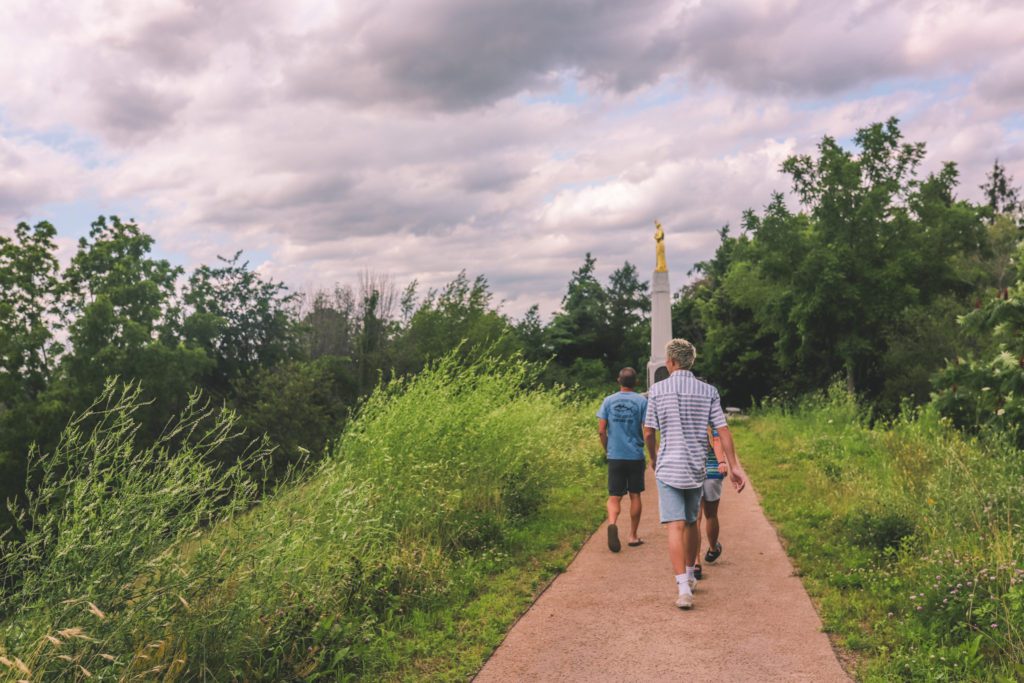

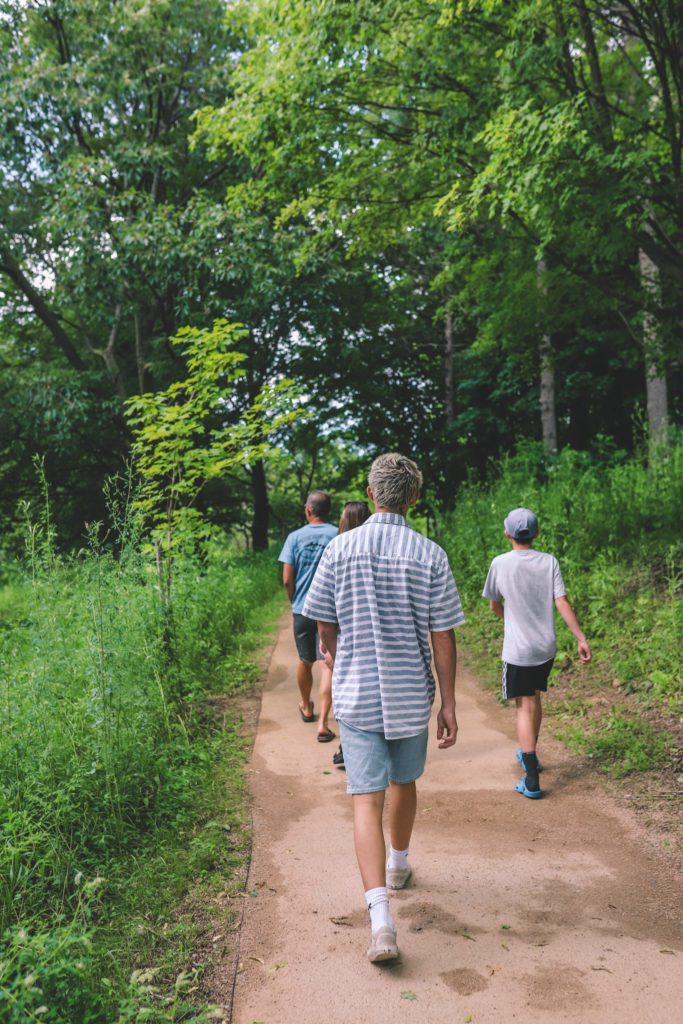
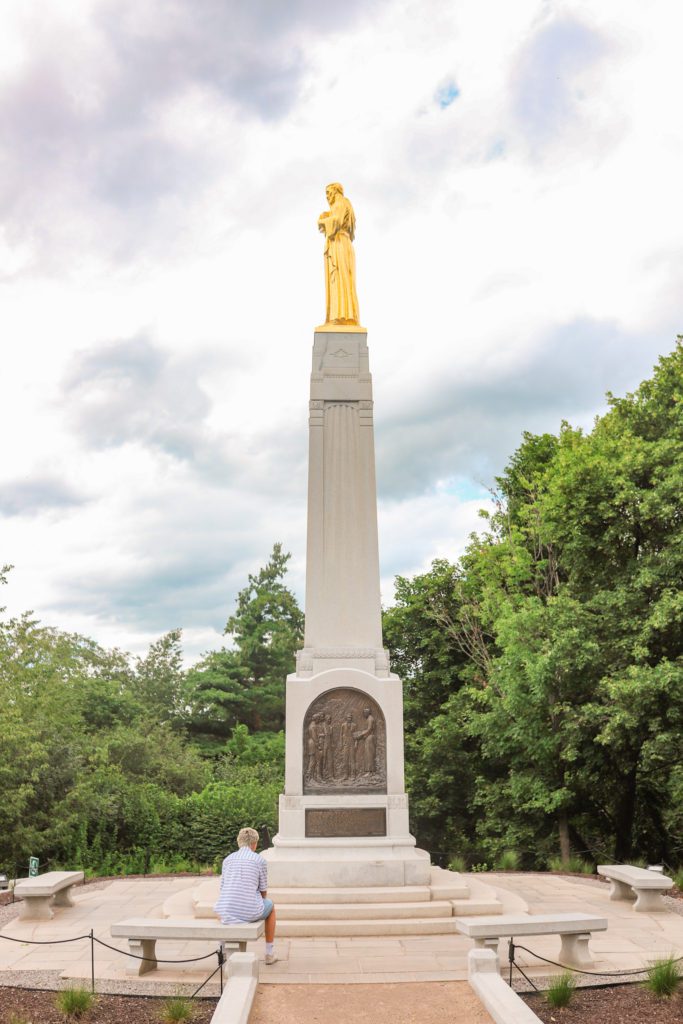

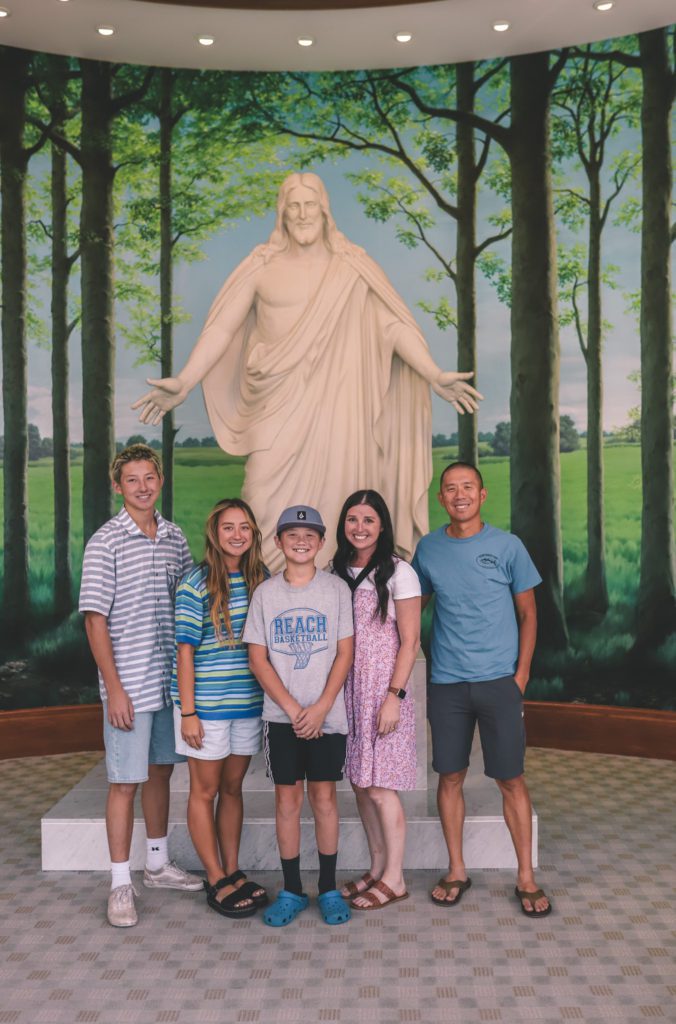
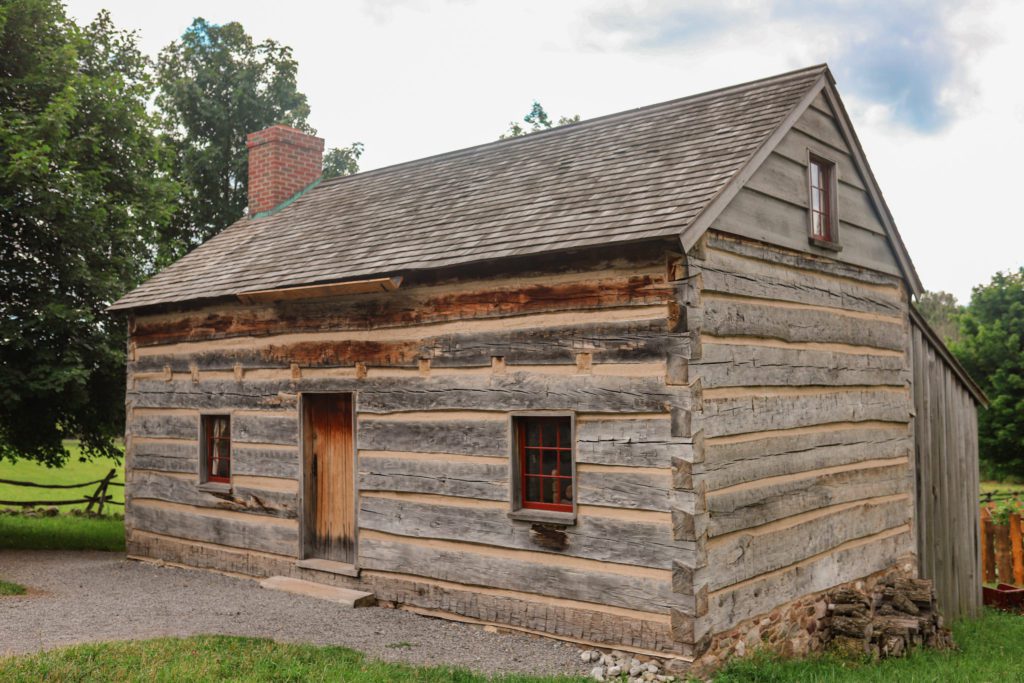
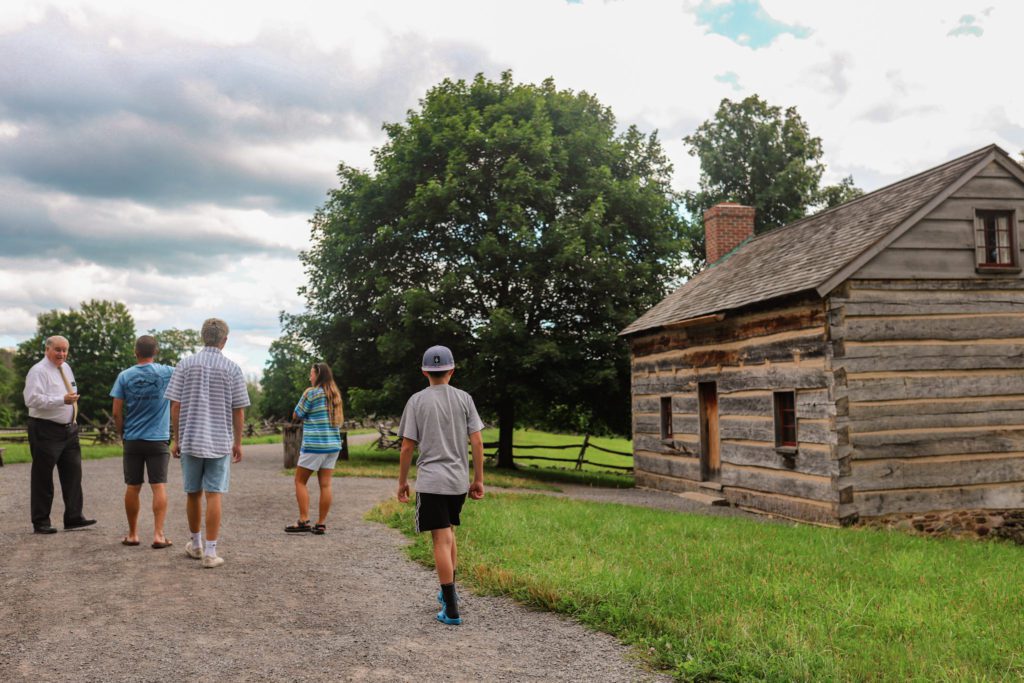
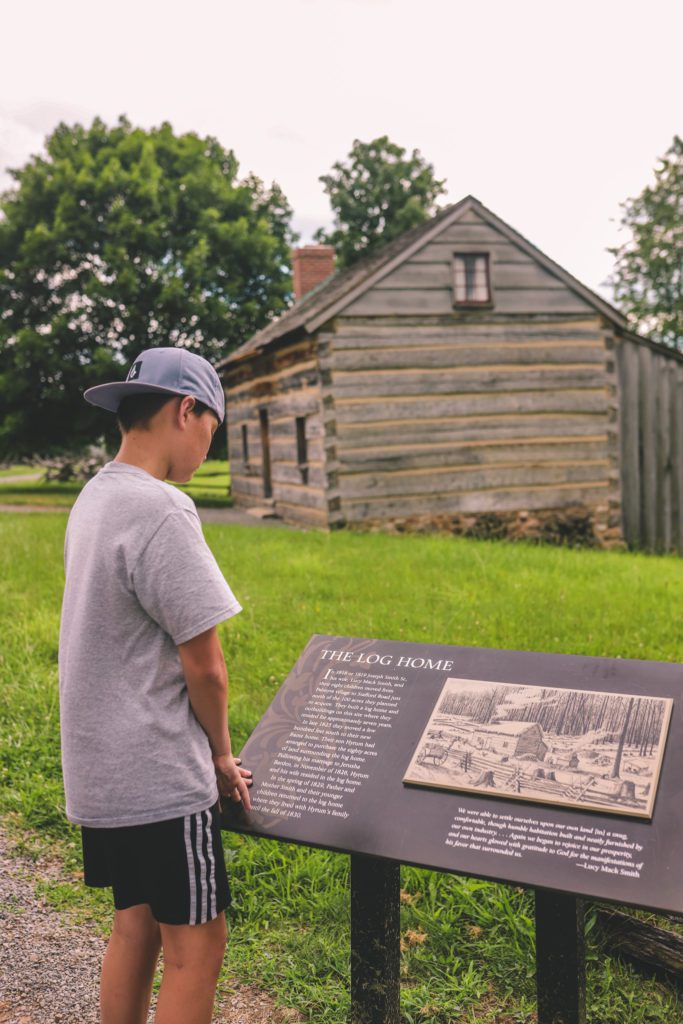
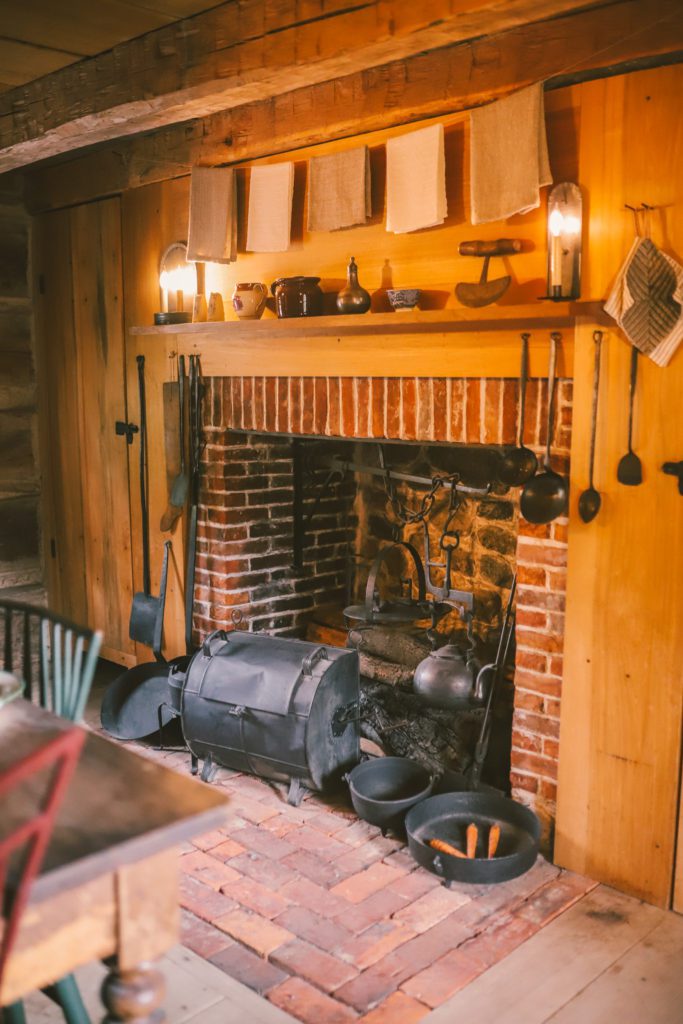

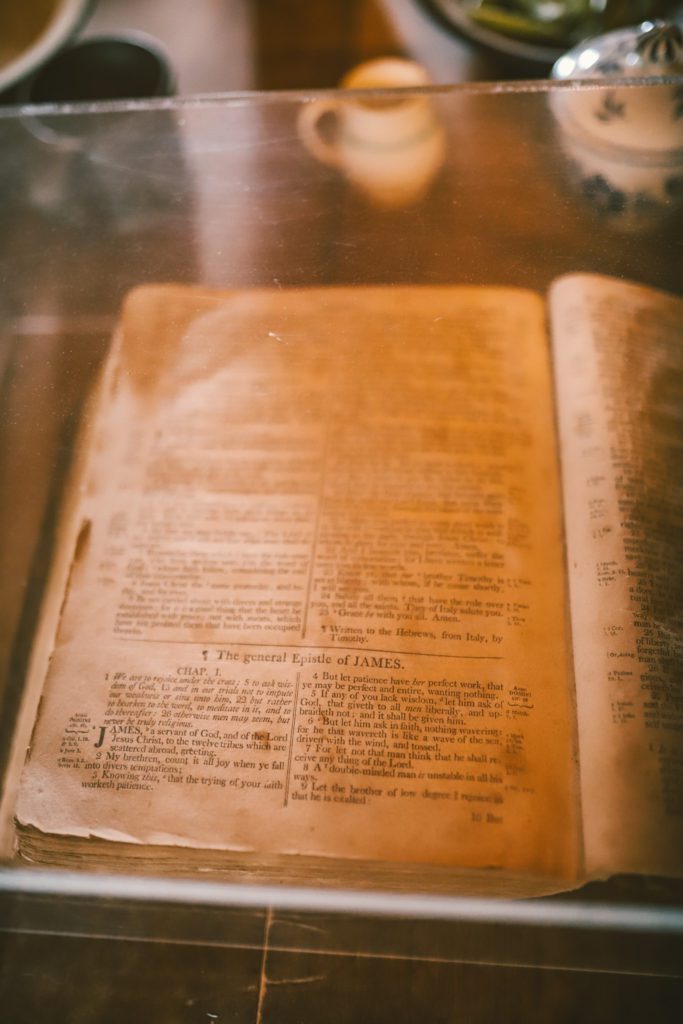
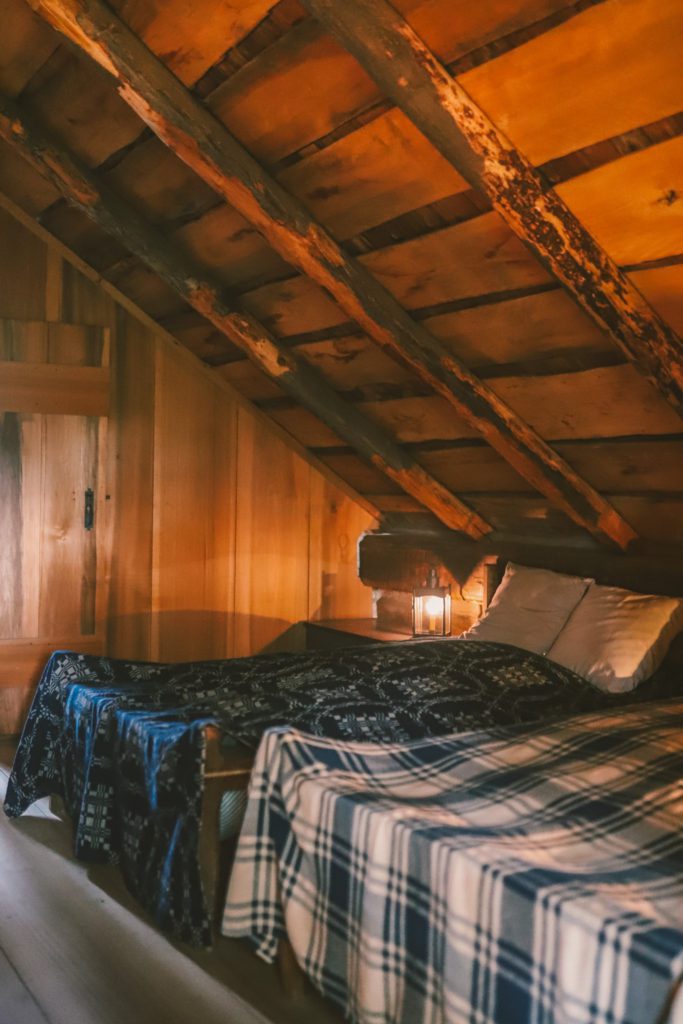
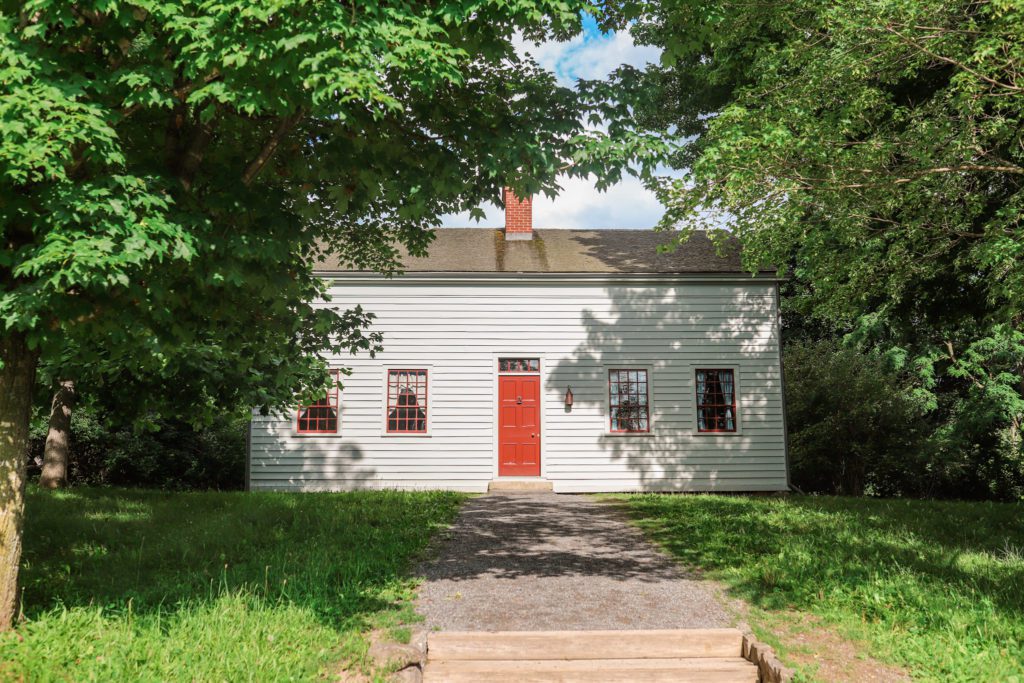

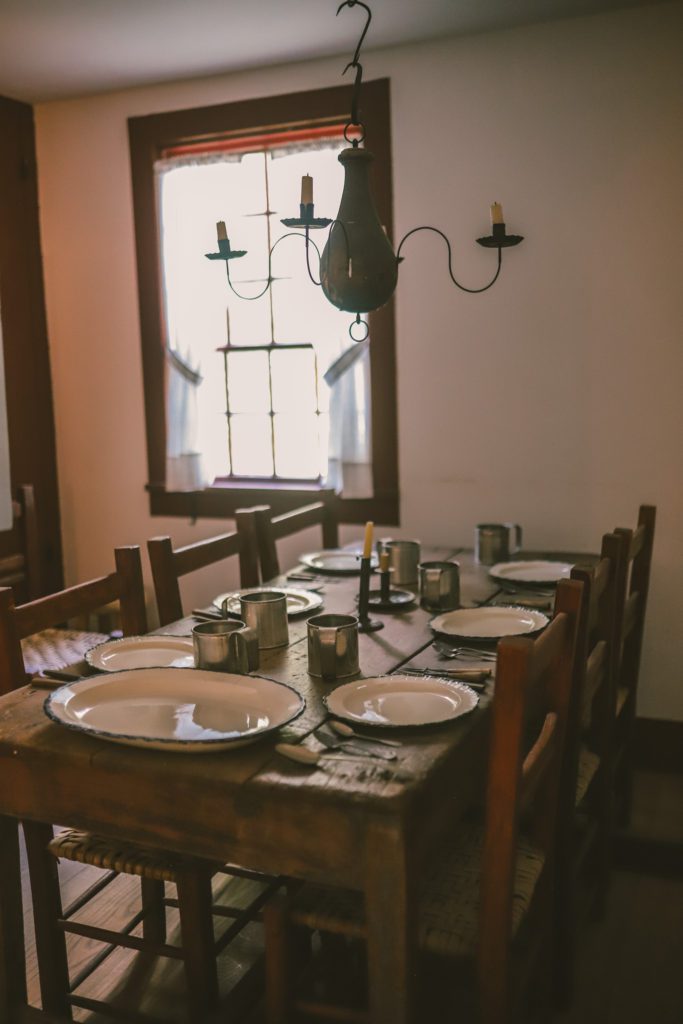
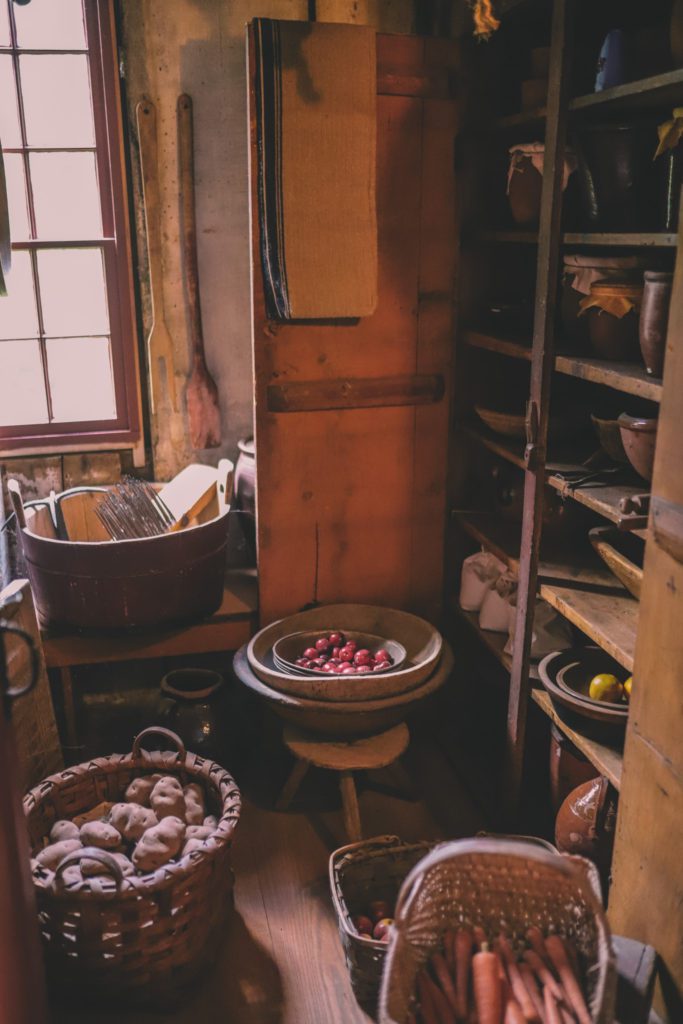
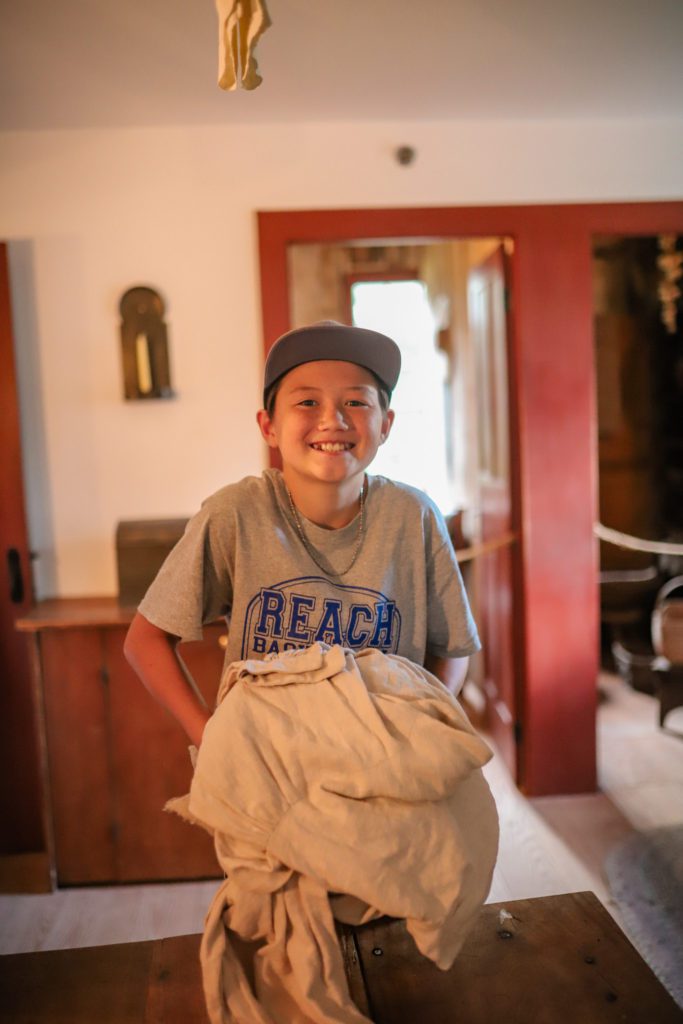
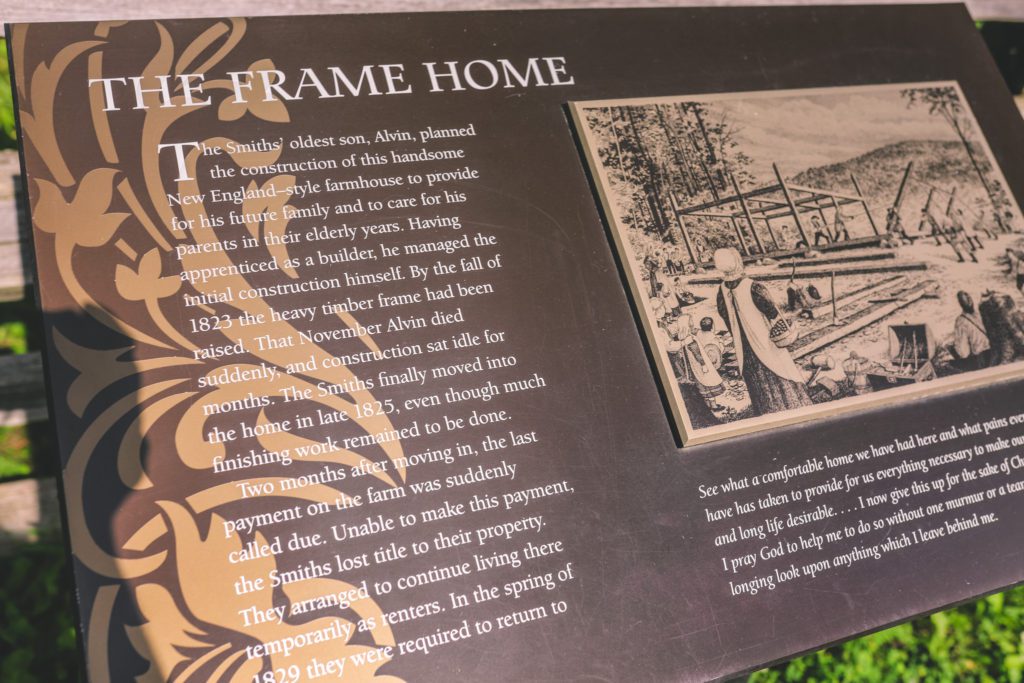
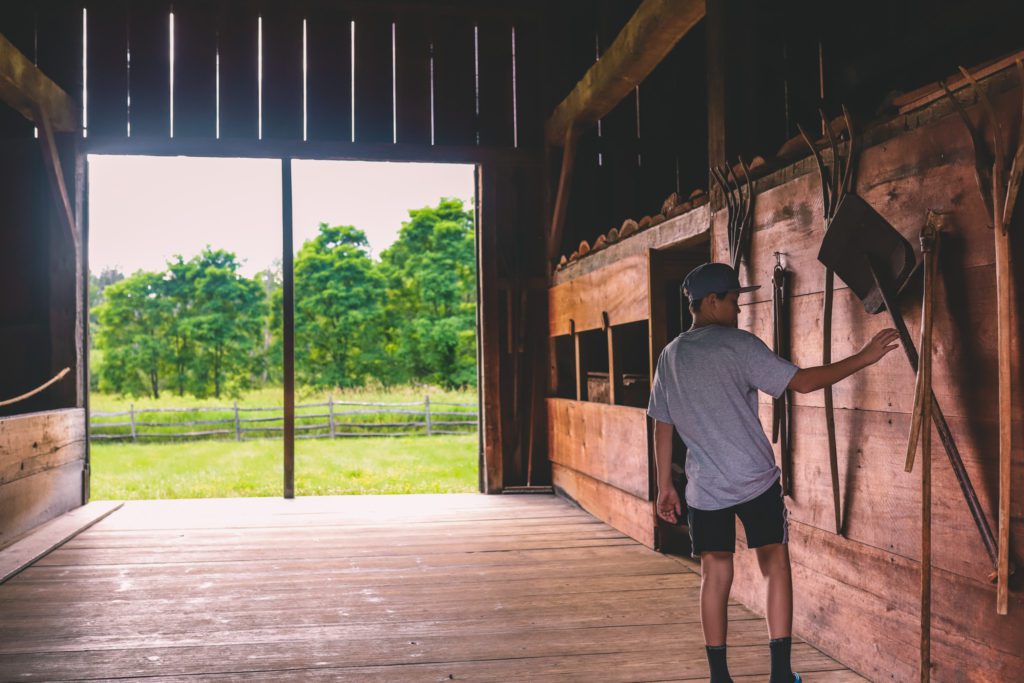
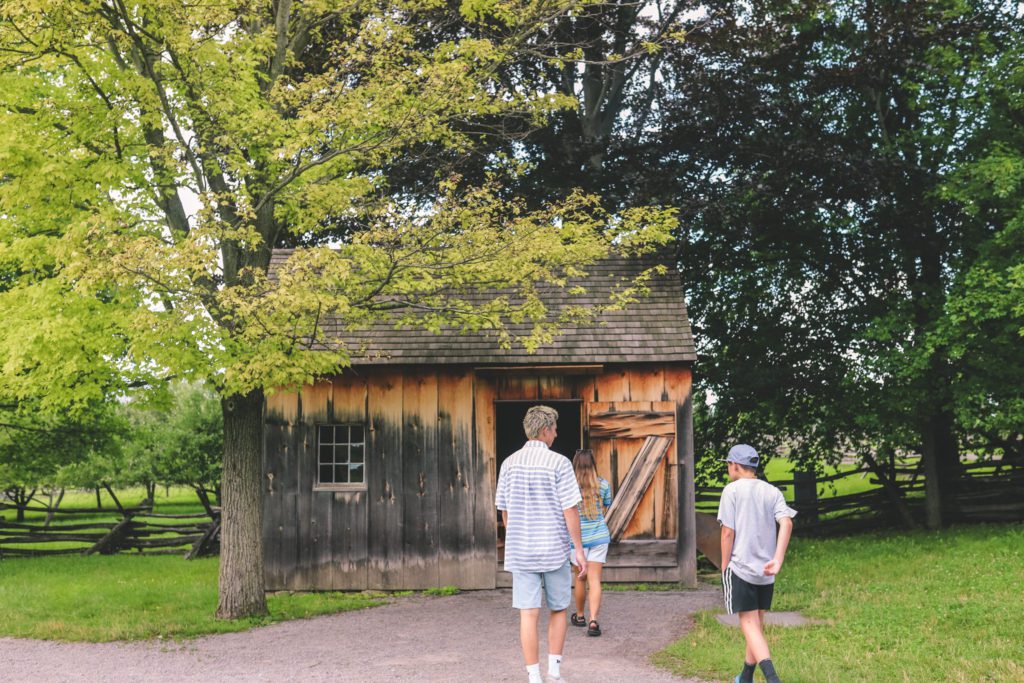
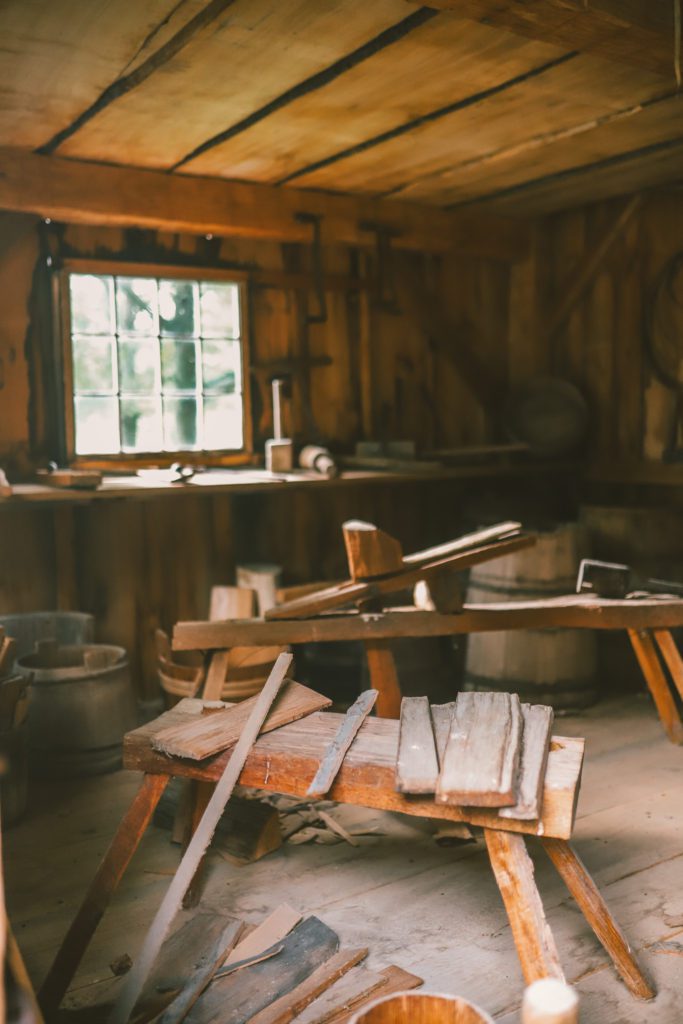
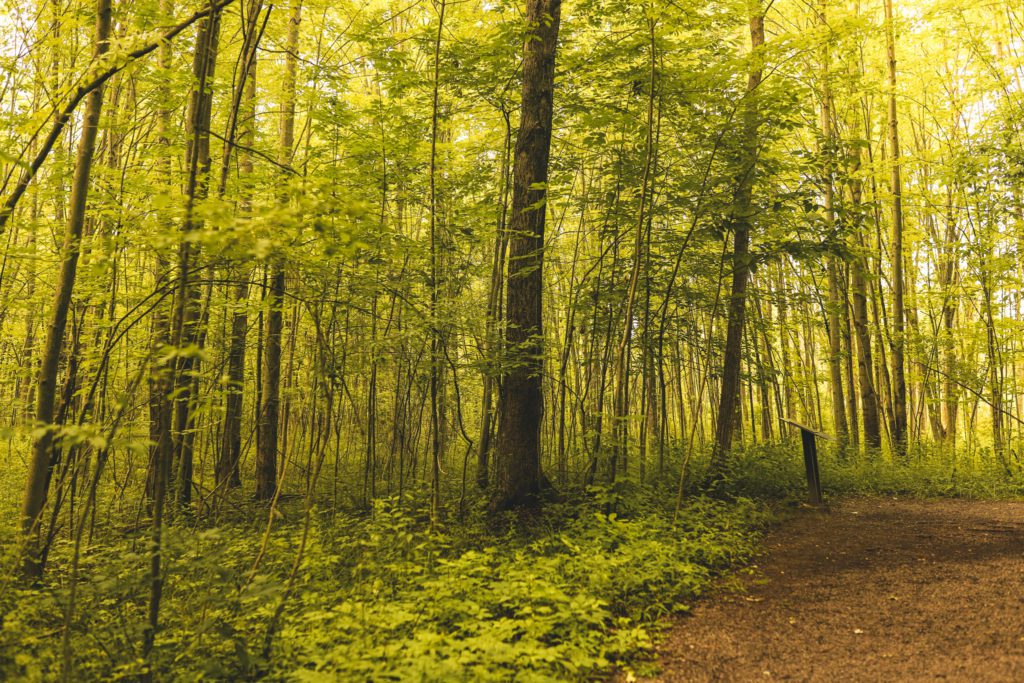
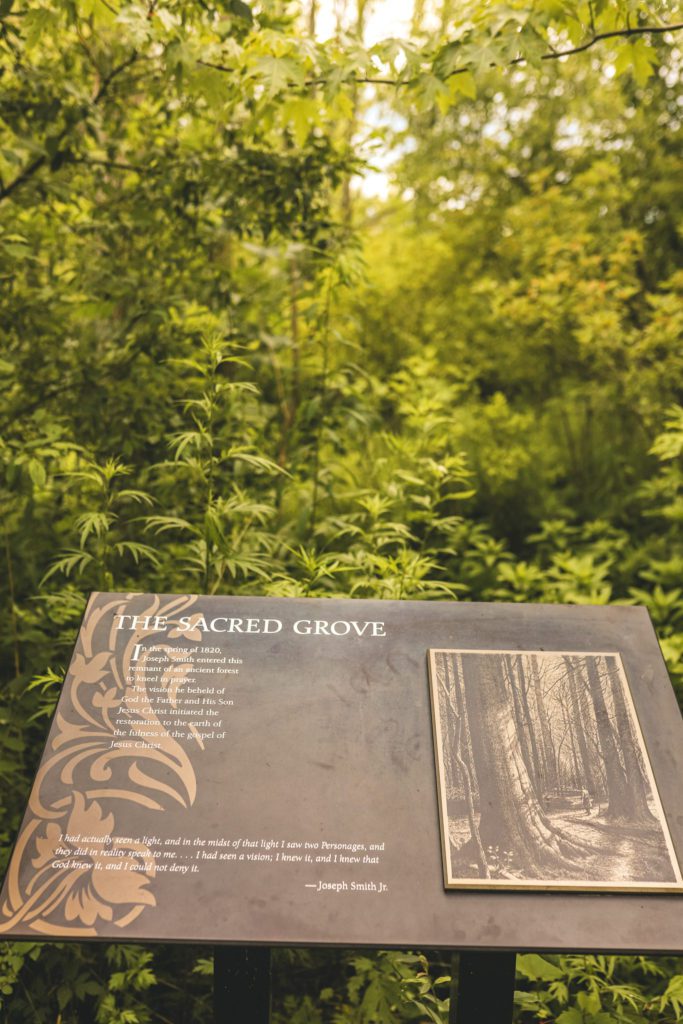
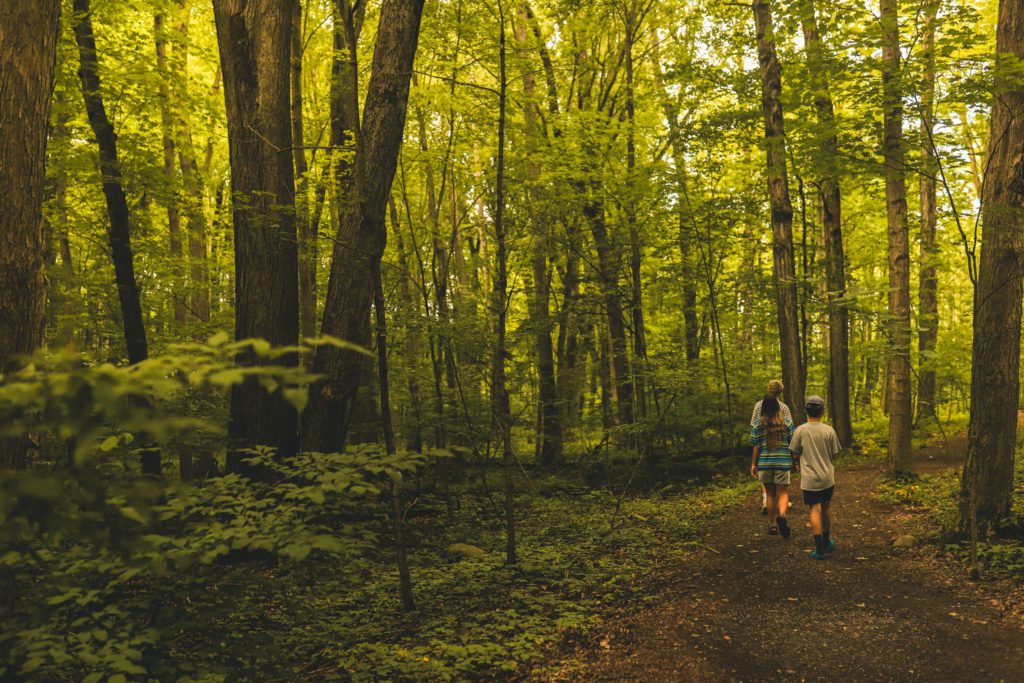
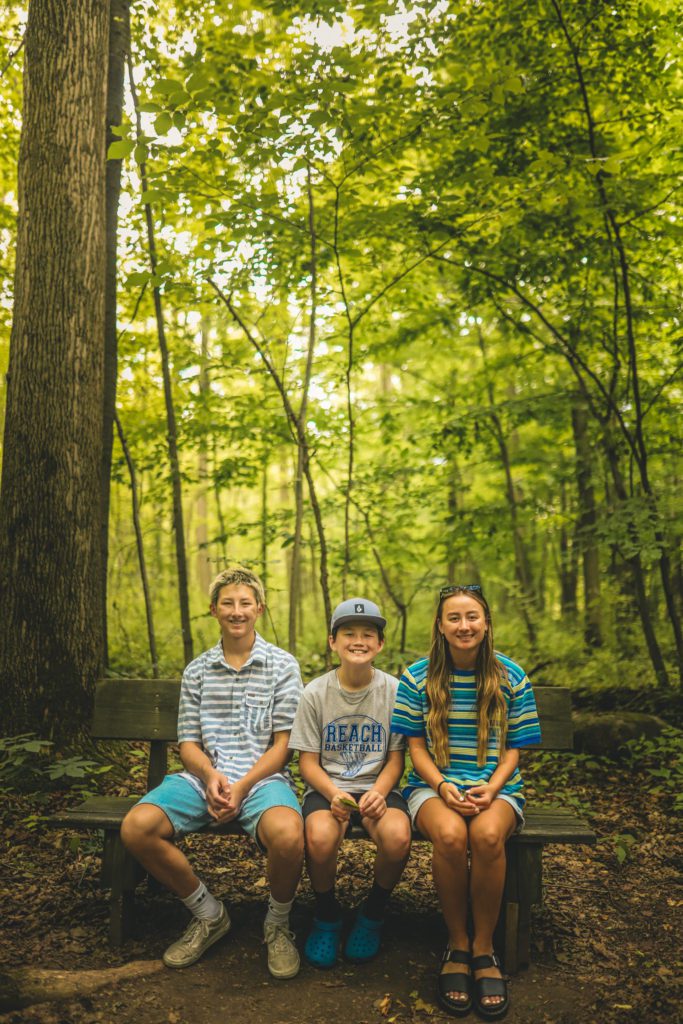
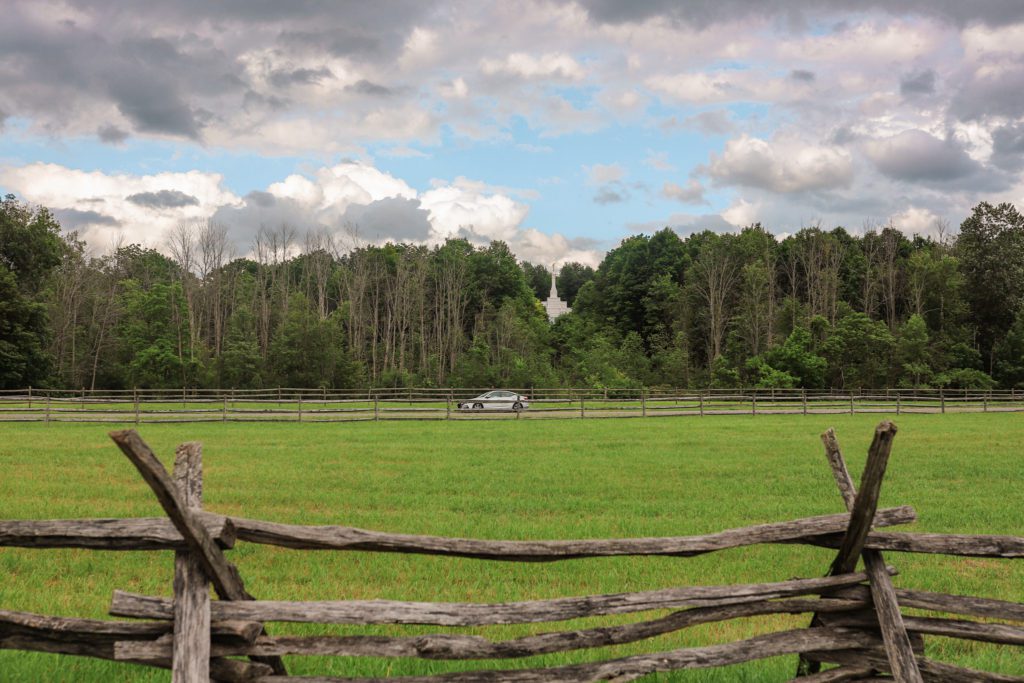

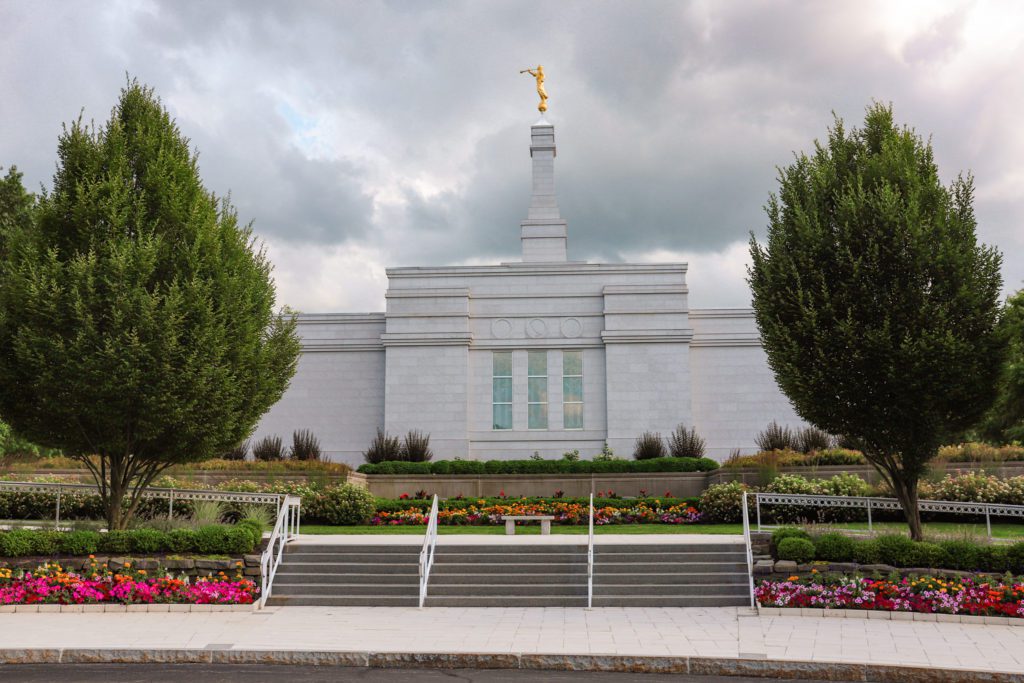
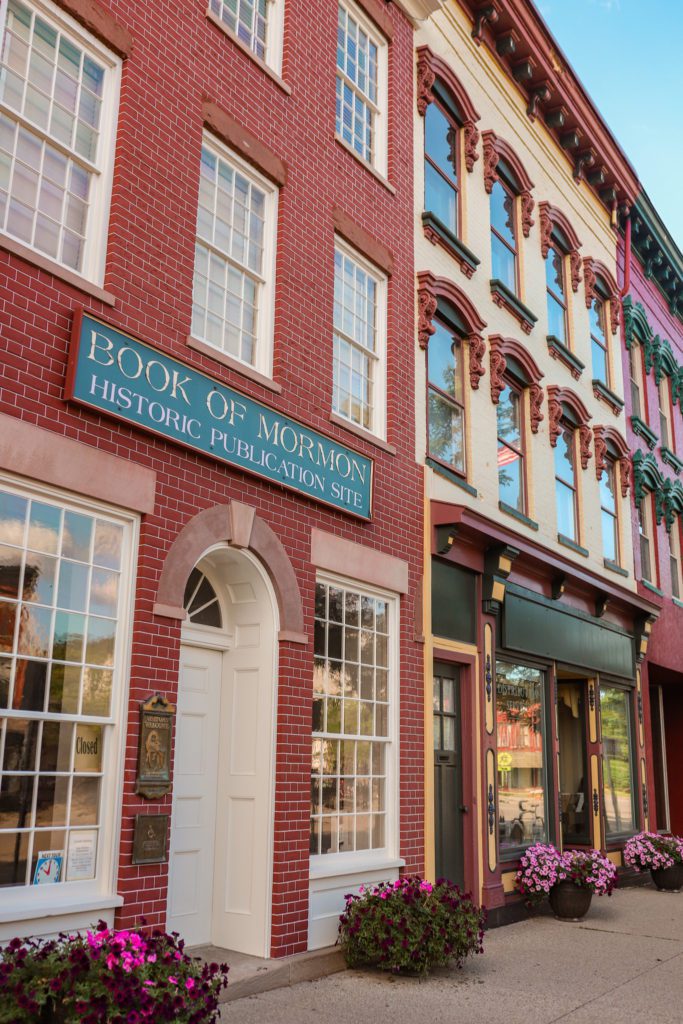

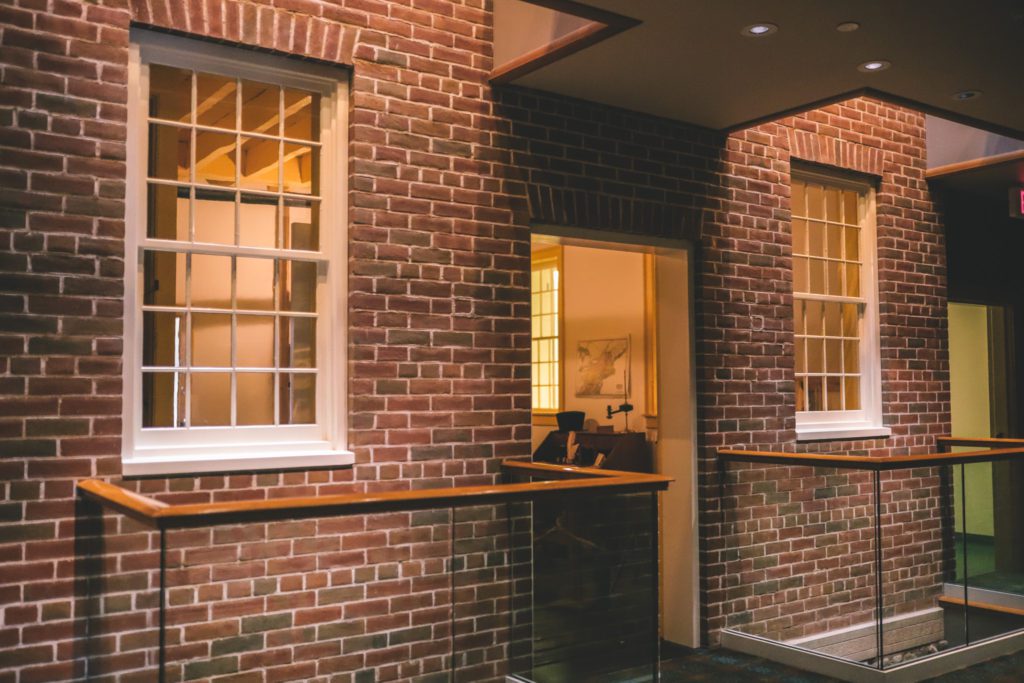
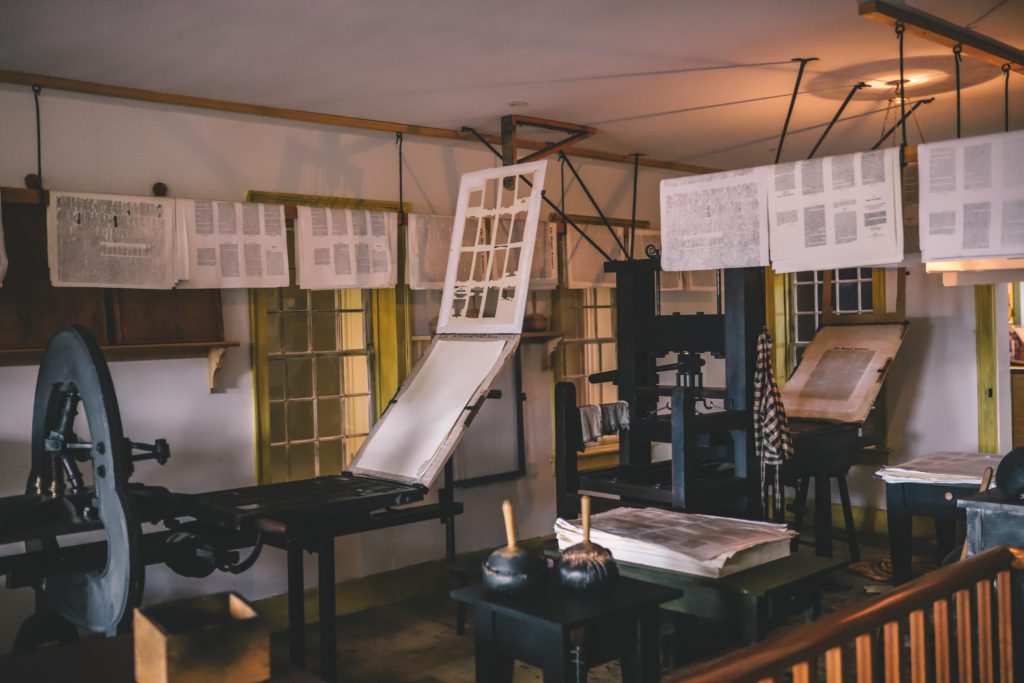
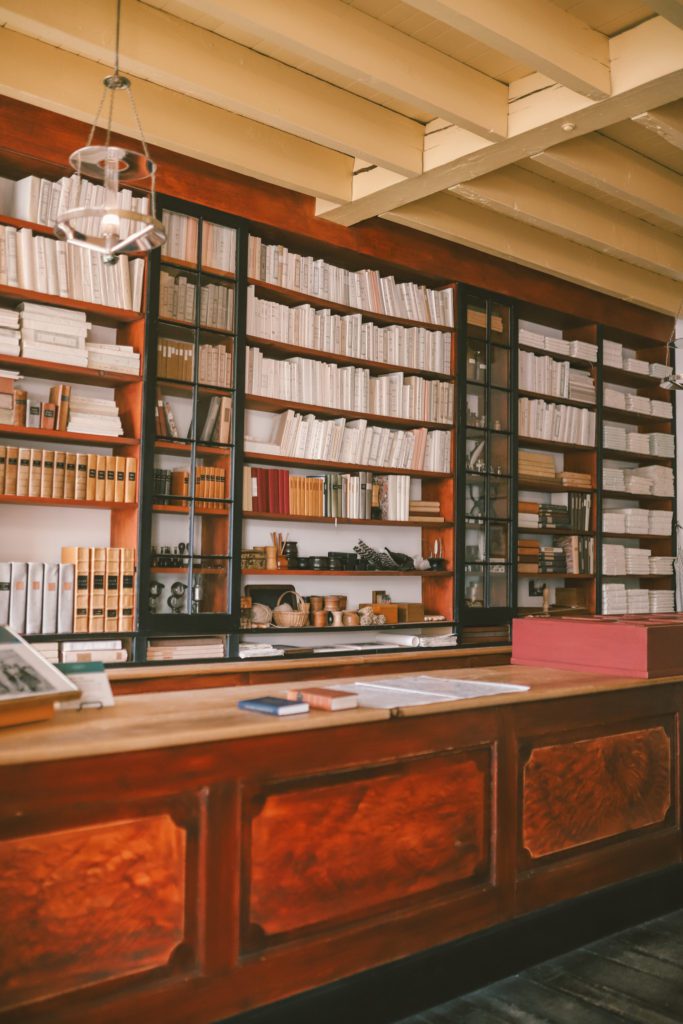
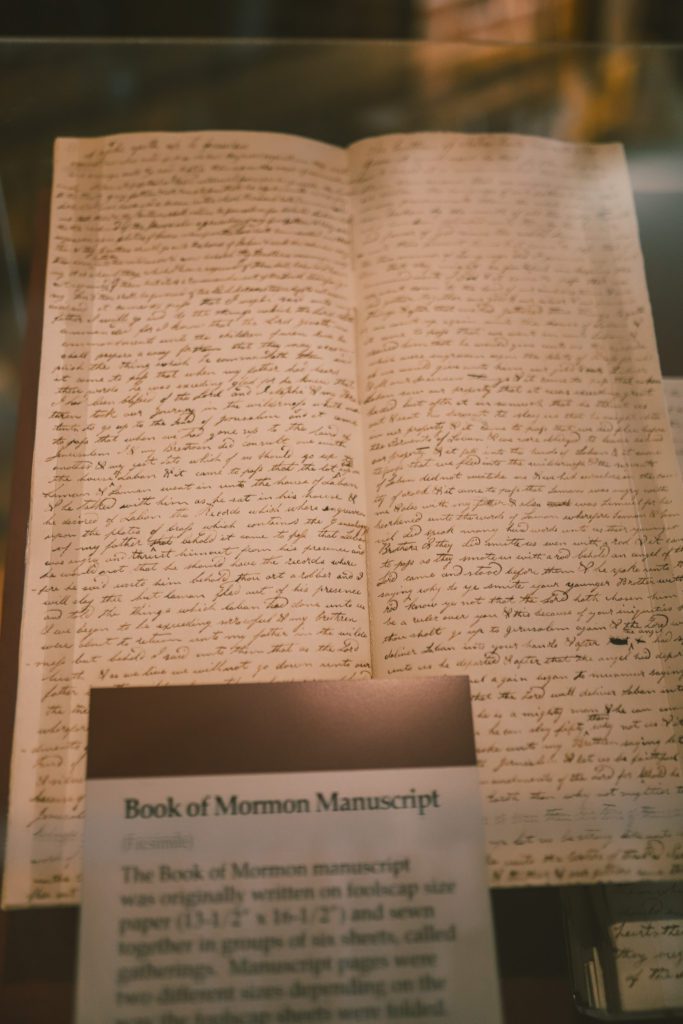
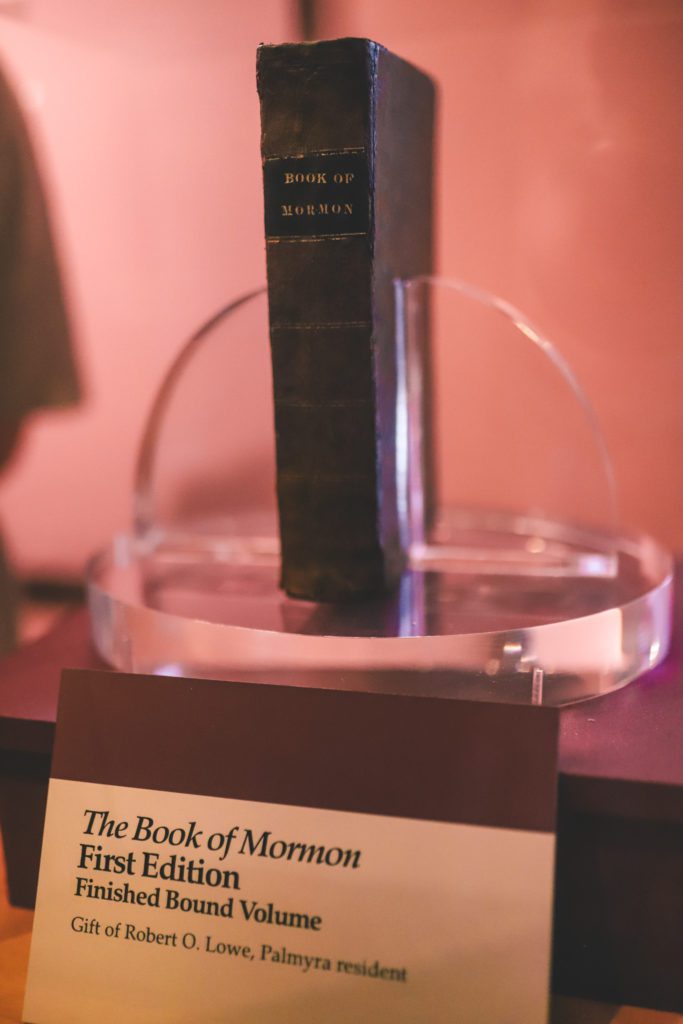
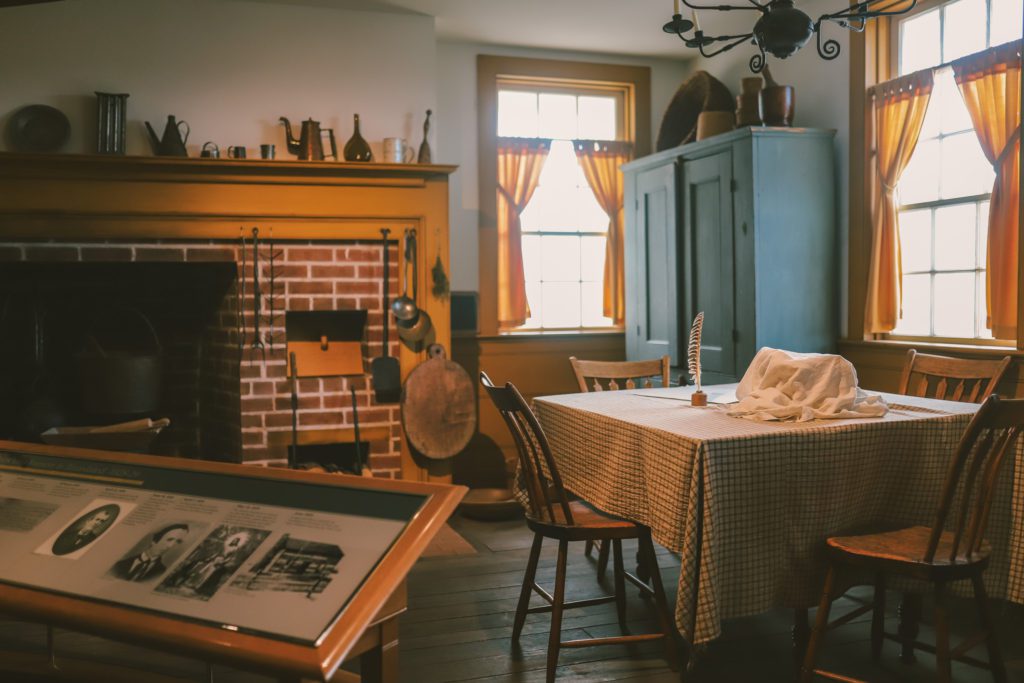
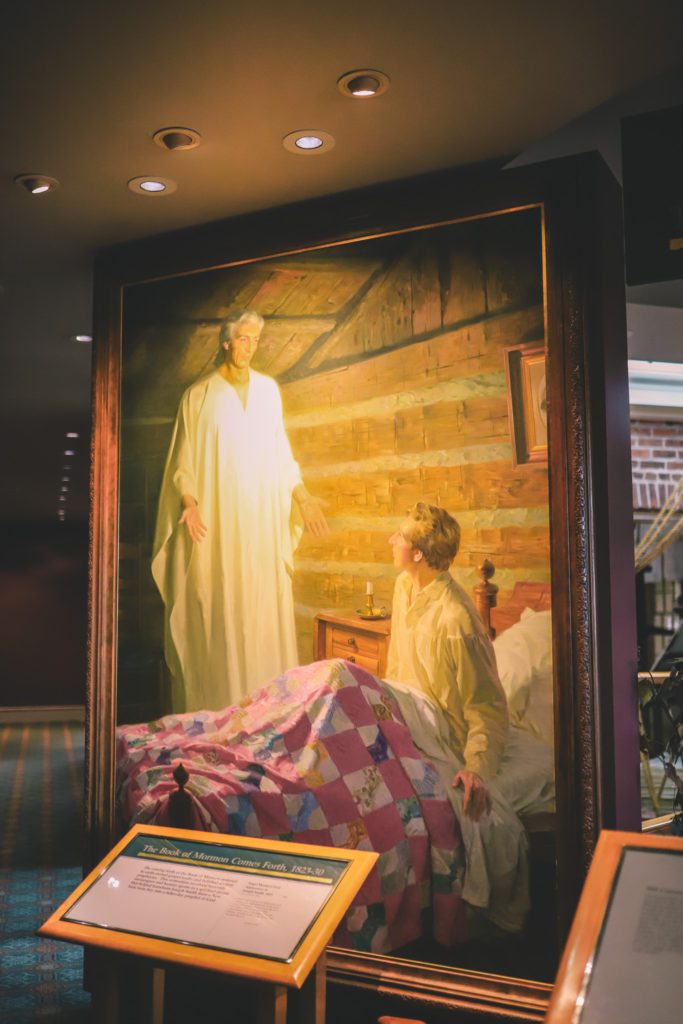

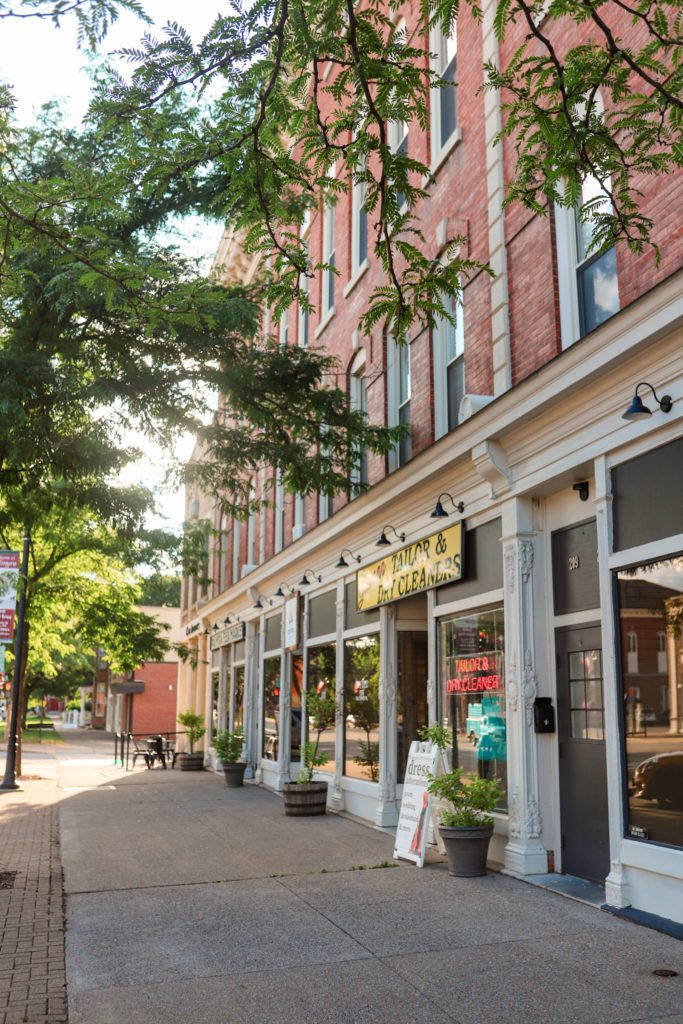

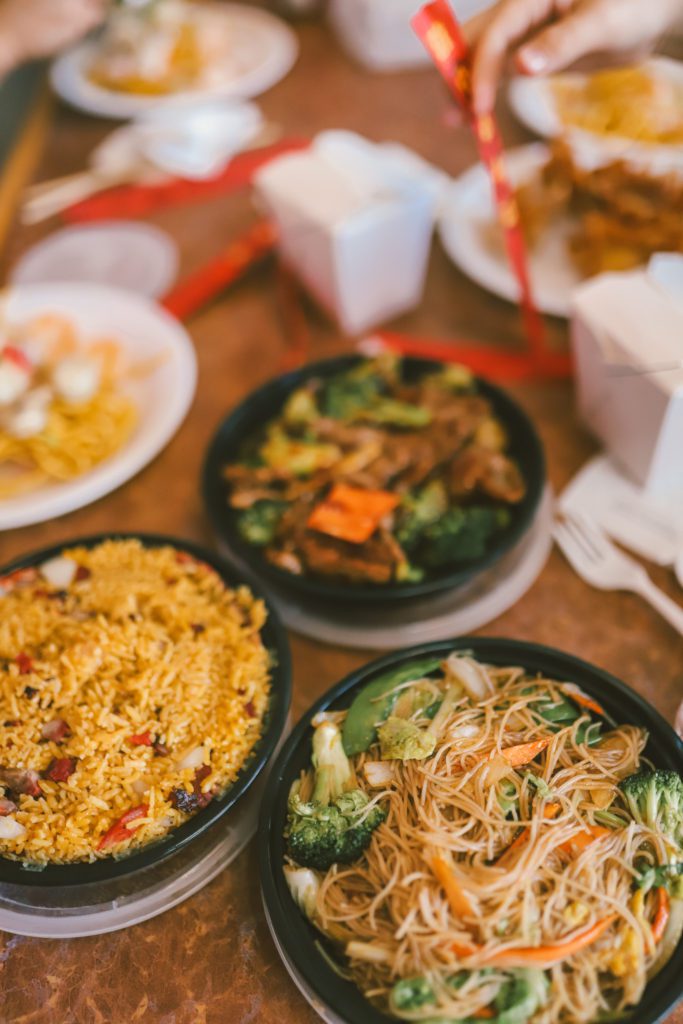
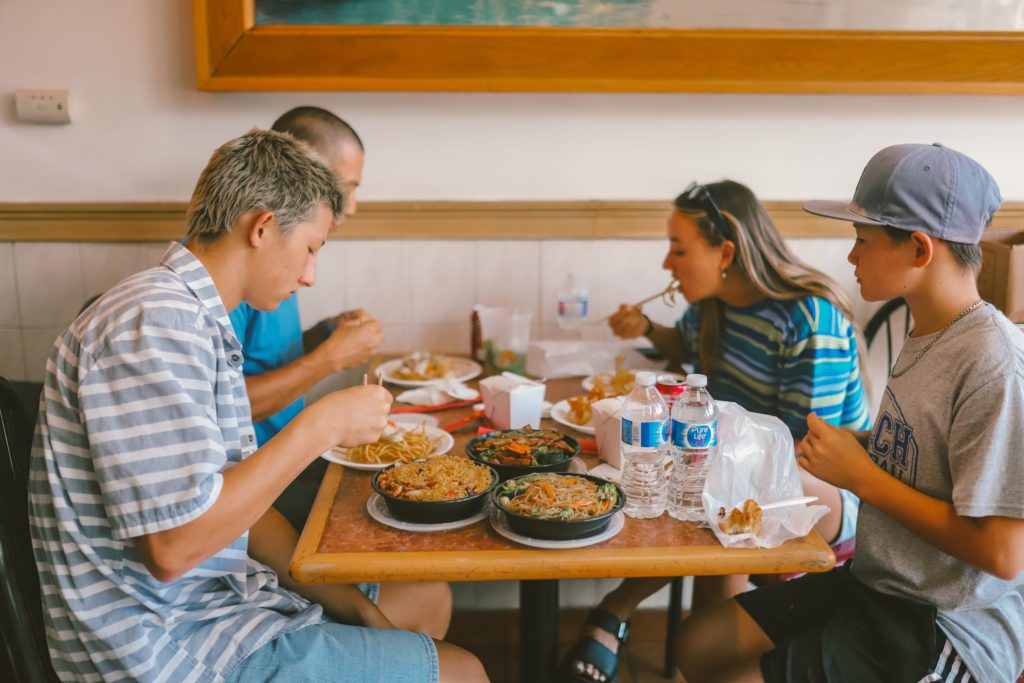
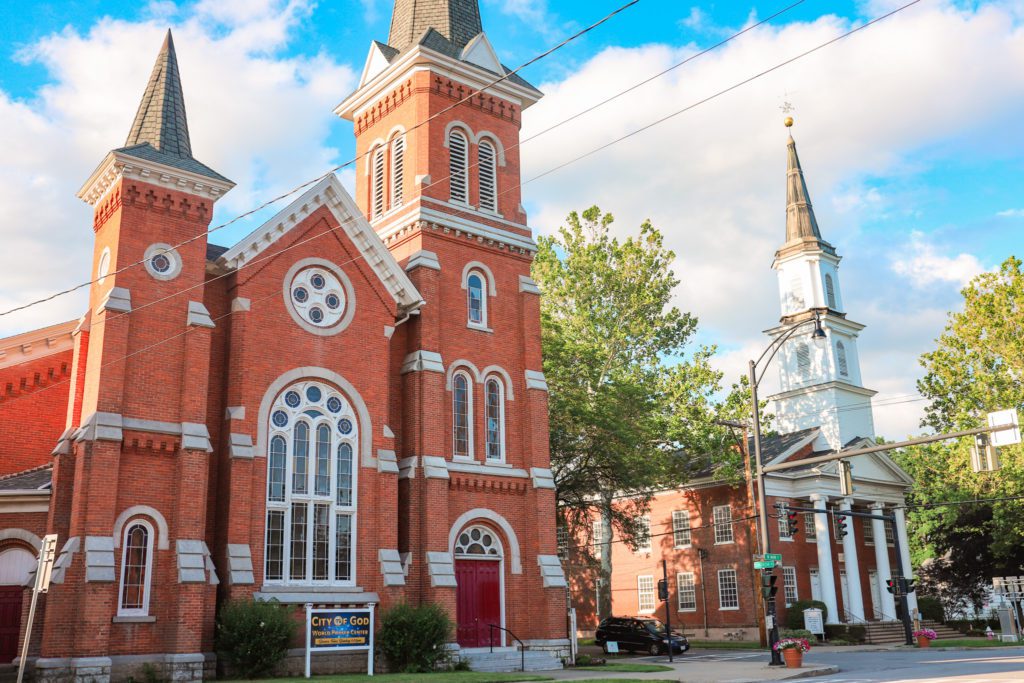



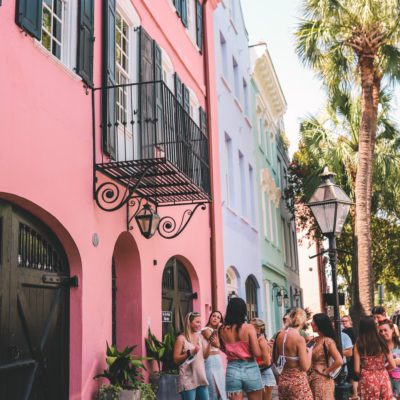
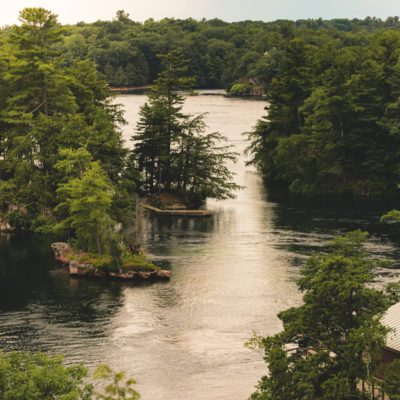
Leave a Reply